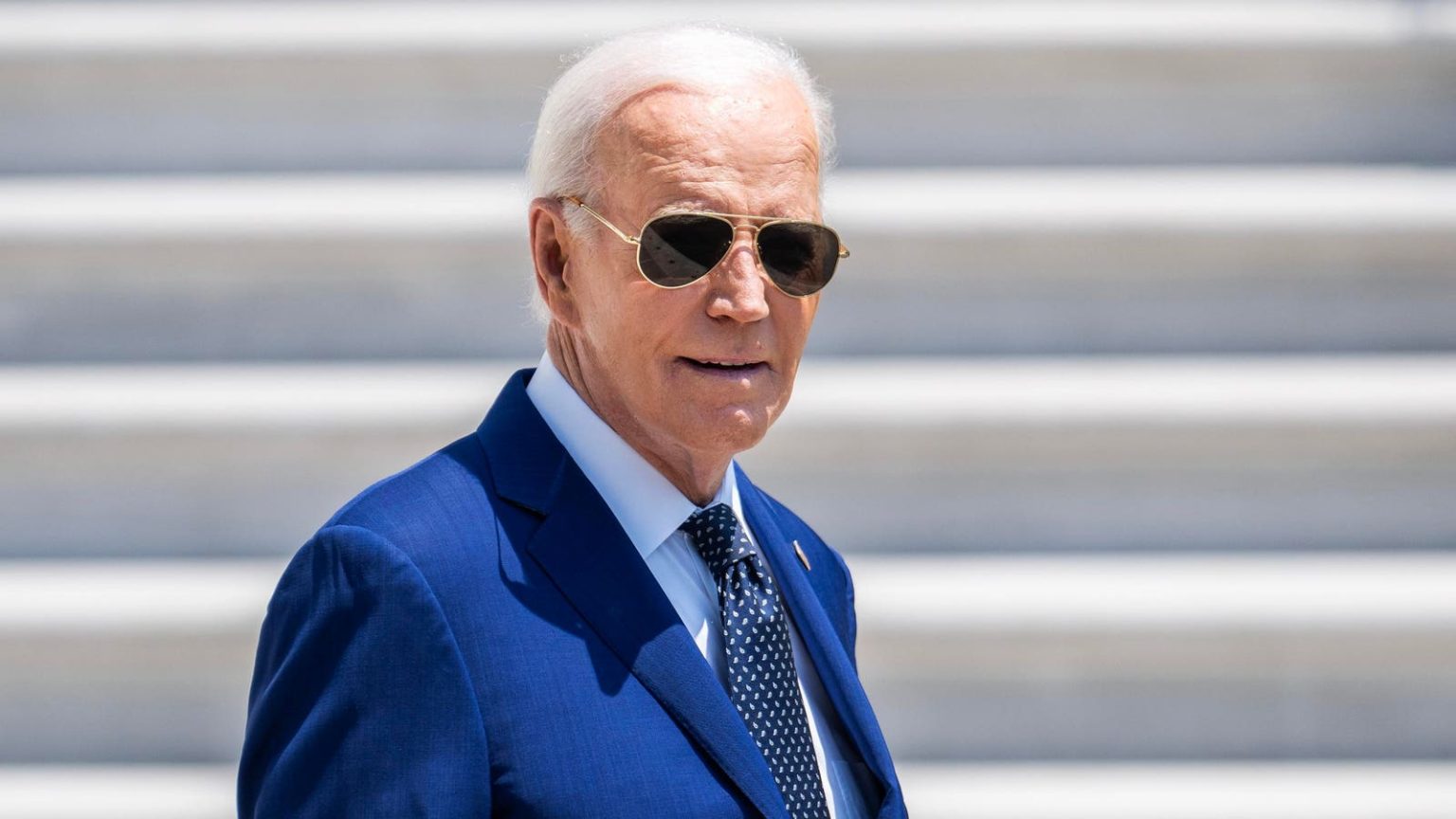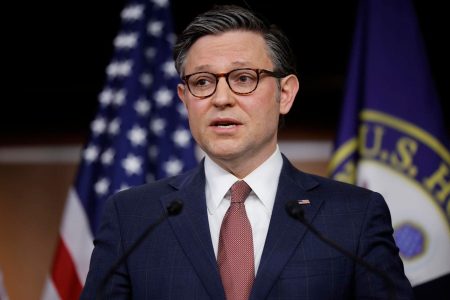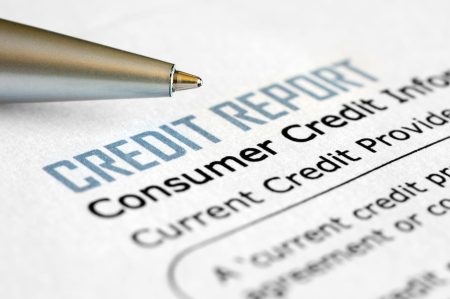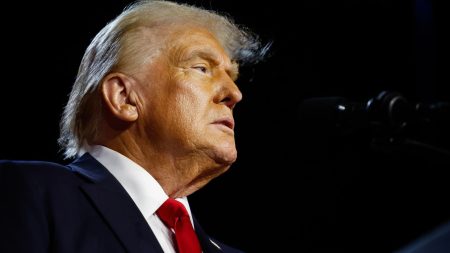The Biden administration is taking a significant step this week in preparing borrowers for the rollout of a major new student loan forgiveness initiative. Millions of borrowers will receive emails notifying them that they could qualify for debt relief under a new program, and giving them an opportunity to opt out if they want.
“Starting tomorrow, the U.S. Department of Education (Department) will begin emailing all borrowers with at least one outstanding federally held student loan to provide updates on potential student debt relief,” said an Education Department announcement.
“Today, the Biden-Harris administration takes another step forward in our drive to deliver student debt relief to borrowers who’ve been failed by a broken system,” said U.S. Secretary of Education Miguel Cardona in a statement on Wednesday. “The Biden-Harris Administration made a commitment to deliver student debt relief to as many borrowers as possible as quickly as possible, and today, as we near the end of a lengthy rulemaking process, we’re one step closer to keeping that promise.”
Here are the key details, and what student loan borrowers need to know.
New Student Loan Forgiveness Plan Incoming
The administration’s announcement this week caps off a year-long process to create a new student loan forgiveness plan in the wake of last summer’s Supreme Court decision that overturned Biden’s first attempt at mass debt relief. That plan, had it been implemented, would have wiped out up to $20,000 in federal student loan debt for qualifying borrowers. But the Court ruled that the program exceeded what Congress had authorized under the HEROES Act, a 2003 federal statute that allows the Education Department to waive federal student loan repayment requirements in response to national emergencies.
So, the Biden administration is trying a new route via the Higher Education Act, a different legal authority. That statute has a provision allowing the Education Department to “compromise” or “waive” federal student loan obligations. This authority has primarily been utilized in court settlements or to resolve defaulted federal student loans. But last year, the department initiated a lengthy negotiated rulemaking process to draft new regulations that could dramatically expand this provision to apply to more broadly, allowing millions to potentially qualify for student loan forgiveness.
That process is nearing an end, and the Biden administration will soon be ready to roll out the new student loan forgiveness plan.
Here’s Who Could Qualify For Student Loan Forgiveness Under New Biden Plan
Biden’s new student loan forgiveness plan will be geared toward four broad categories of borrowers:
- Borrowers who have experienced runaway interest.
- Those who would otherwise be eligible for student loan forgiveness under other programs like income-driven repayment plans or Public Service Loan Forgiveness, but haven’t enrolled.
- Borrowers who first entered repayment at least 20 or 25 years ago, depending on whether they have student loans from graduate school.
- Those who previously enrolled in what the department considers “low-financial-value programs” based on poor outcomes.
Much of the relief could be provided to borrowers automatically, without an application, according to the Education Department. This could streamline relief for many people.
According to the department, up to 25 million people could ultimately receive partial or complete student loan forgiveness under the program. With nearly five million borrowers having received student loan relief so far under other Biden administration initiatives, “These rules, if finalized as proposed, would bring the total number of borrowers eligible for student debt relief to over 30 million,” said the department in Wednesday’s announcement.
Student Loan Forgiveness Emails Going Out This Week To Borrowers
As the Biden administration plans for a potential rollout of the new loan forgiveness plan this fall, the Education Department will be sending out emails to borrowers who could qualify, giving them an opportunity to opt out of the relief. The emails will tell borrowers about the new student loan forgiveness plan, and will let them know that “they have until August 30 to call their servicer and opt out if they do not want this relief,” said the department.
Notably, receiving a student loan forgiveness email does not mean that the borrower will definitively receive debt relief. “The rules that would provide this relief are not yet finalized, and the email does not guarantee specific borrowers will be eligible,” said the department. But by not opting out, borrowers will potentially be able to qualify once the program goes live, which could happen as soon as this October.
A Hardship Student Loan Forgiveness Pathway Will Be Released Separately
The Biden administration is also considering providing a student loan forgiveness pathway to a fifth group of borrowers based on hardship and risk of default.
“Borrowers predicted to fall into default on their student loans would be eligible for automatic relief under the Biden Administration’s proposal,” says Education Department guidance. The relief will not be automatic, as “Borrowers experiencing other cost burdens could also receive relief through an application process.”
But the hardship route for Biden’s new student loan forgiveness plan is not expected to be finalized on the same timeline as the other four categories. So, borrowers interested in pursuing hardship-based loan forgiveness may have to wait until sometime in 2025.
Legal Challenges Likely As Other Student Loan Forgiveness Programs Get Blocked
Most observers anticipate that Biden’s latest attempt at implementing mass student loan forgiveness will face legal challenges. Administration officials hope that by using a different legal authority and the Education Department’s normal rulemaking process, the new plan will have a better chance of success than Biden’s first program that was struck down by the Supreme Court last year. But that remains to be seen.
In the meantime, other Biden initiatives are mired in legal battles. The new SAVE plan, an income-driven repayment program that can reduce payments and accelerate student loan forgiveness, was blocked by the 8th Circuit Court of Appeals earlier this month. And the Biden administration’s new regulations governing the Borrower Defense to Repayment program have been enjoined by the 5th Circuit Court of Appeals, meaning they have been blocked for now as the litigation continues, but are likely to ultimately get struck down.
Read the full article here










